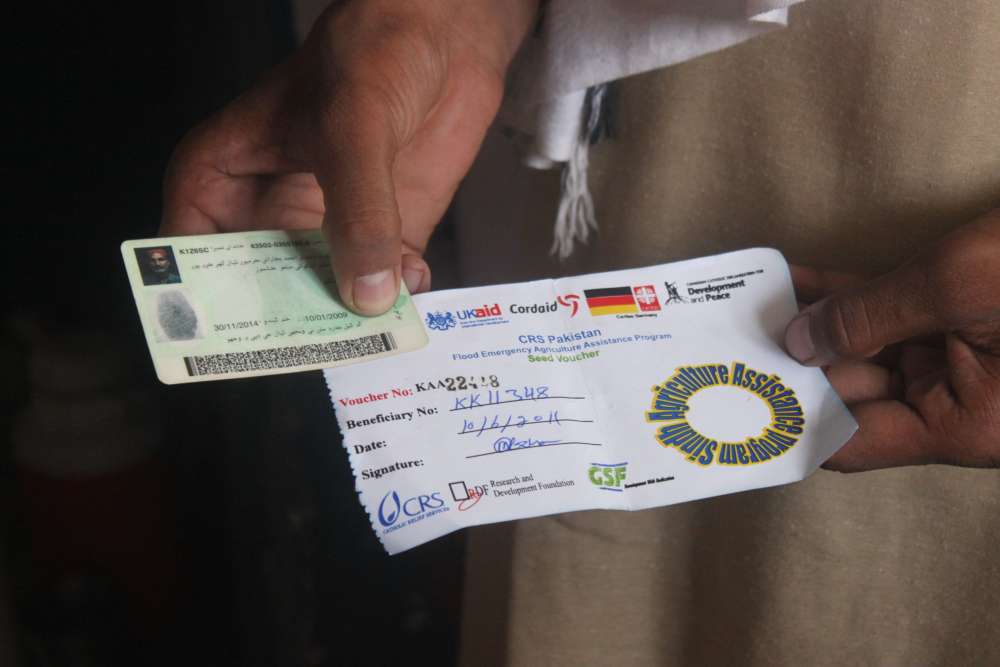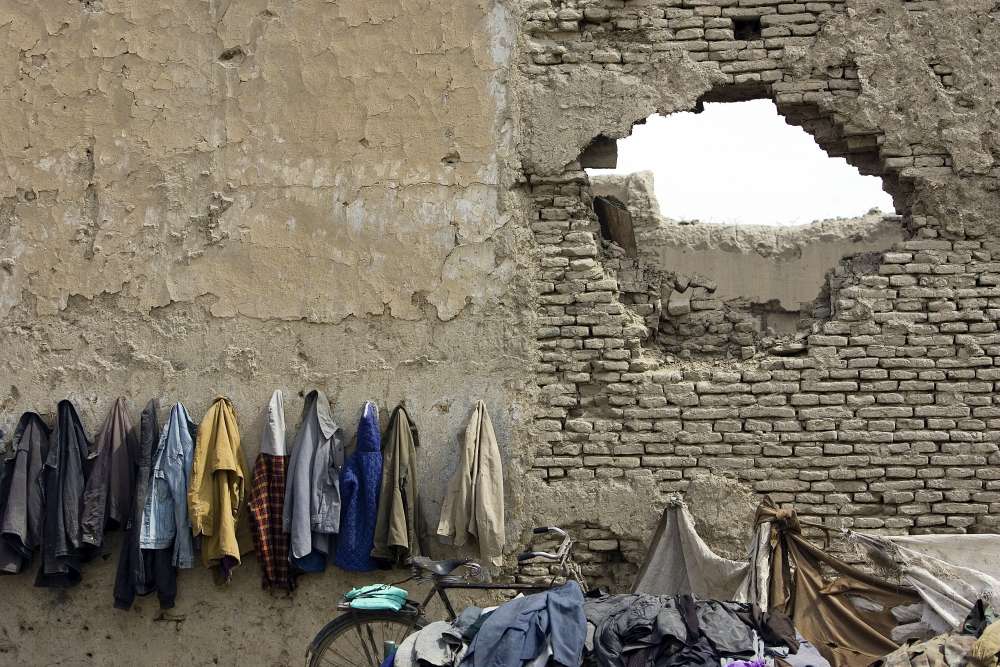Cash Coordination in Humanitarian Contexts

Background
As more agencies are using cash transfer programs in humanitarian contexts, the need for coordination has grown. Currently, the cash working groups established by aid organizations in emergency settings vary in their leadership and institutional setups. This ad hoc approach has helped fill important gaps, but it has major shortcomings such as delays, gaps and duplications of coordination mechanisms. The lack of clarity about institutional arrangements for cash coordination also creates inter-agency tensions. The need to formalize cash coordination is broadly recognized, but discussions on how this should be implemented are stymied by controversy. While the Inter-Agency Standing Committee (IASC) endorsed the Strategic Note on Cash Transfers in Humanitarian Contexts (2016), some of the main actors involved still disagree on how to take the recommendations from the note forward.
To add constructive input to this heated debate around cash coordination, the Cash Learning Partnership (CaLP) commissioned the Global Public Policy Institute (GPPi) to prepare this policy paper. This paper highlights the shortcomings of the current approach, discusses which crucial coordination functions need to be performed, and weighs the strengths of seven potential coordination models. It also indicates the level of stakeholder endorsement for each option and the probability of achieving this setup given the current architecture and political sensitivities. The aim of the paper is not to advocate for a single model. Instead, it intends to build on the IASC Strategic Note’s “initial ideas” on the possible positioning of cash coordination fora, while ensuring that all relevant stakeholders are involved in analyzing and developing potential solutions.
Conclusion
The consultation and discussion process around this paper revealed a strong demand to formalize cash coordination at least to a certain degree, while avoiding a one-size-fits-all model. Flexibility is important in order to adapt the approach to the specificities of the emergency and to the existing coordination structures in a country. Rather than adopting one of the seven options as the standard model, stakeholders at the global level need to establish clear and authoritative arrangements for cash coordination. Most importantly, this involves a predictable procedure and timeline for humanitarian country teams and/or host governments to get to an agreement on the most appropriate cash coordination model in their respective context, resulting in clearly defined roles and responsibilities. Other key deliverables that stakeholders demand from the global level include:
- Tools and guidance: e.g., standard terms of reference for cash working groups; guidelines for cash in conflict-related emergencies; tools for multipurpose cash; guidance on how to integrate cash in emergency preparedness activities.
- Learning and support: e.g., availability of experts for advice; facilitation of a community of practice; trainings for cash coordinators; analysis of lessons learned.
- Advocacy with donors and implementing organizations.
None of the seven models presented in this paper emerged as a widely preferred solution for cash coordination. Nevertheless, almost all consulted stakeholders endorse the following five principles of effective cash coordination:
- Cash coordination involves both technical and strategic functions. The majority of consulted stakeholders argue that coordination activities often involve both technical and strategic aspects, making it difficult to split them between different fora in practice.
- Cash coordination requires dedicated and predictable resources. The absence of predictable arrangements for cash coordination also means that no organization is responsible for mobilizing the funds required. As a result, cash coordination fora often struggle to find sufficient resources and to remain active in between acute crisis responses. Consulted stakeholders demand a more predictable funding structure for cash coordination, which can be applied to the various context-specific setups. Donors could, for example, provide dedicated and sustainable funding for cash coordination activities, regardless of the organization(s) leading the cash coordination forum in a specific context.
- Cash coordination needs to be inter-sectoral. Since cash can have the greatest impact when delivered as a single multi-sector transfer, its coordination should not be linked to or owned by any single cluster or sector. Instead, it needs to cut across, involve, and provide support to various sectors.
- Cash coordination should be linked to the overall coordination architecture. Most consulted stakeholders agree that cash coordination should be situated at or sufficiently linked to the inter-cluster/inter-sector level. They disagree, however, on the division of labor and how much should still be done by the clusters/sectors. This concerns key activities such as needs assessments, decisions on response modalities, and the prioritization and allocation of resources.
- Host governments should have a strong role in cash coordination where possible. It is generally accepted that the affected state should play a lead role in coordinating the overall humanitarian response if it has the necessary capacity.
…
The executive summary and the full paper are available for download.







